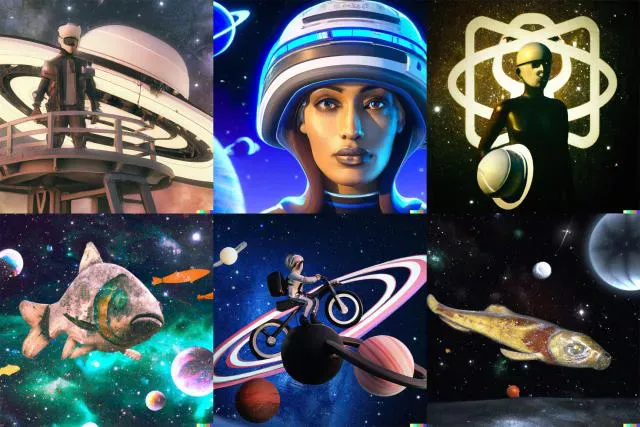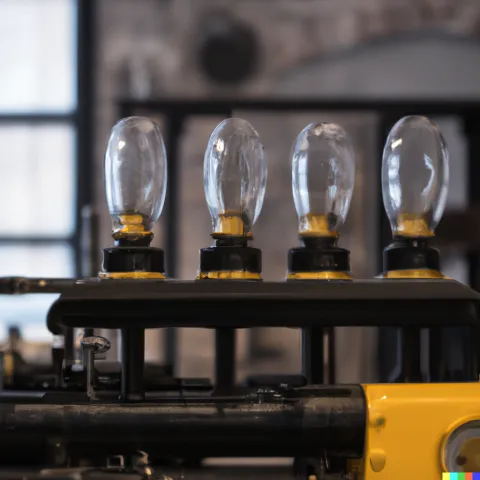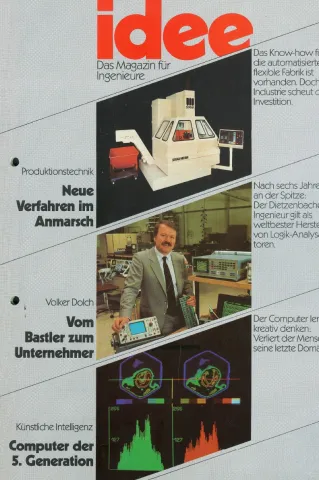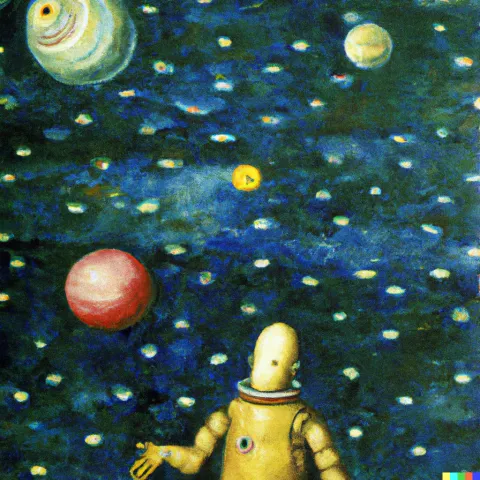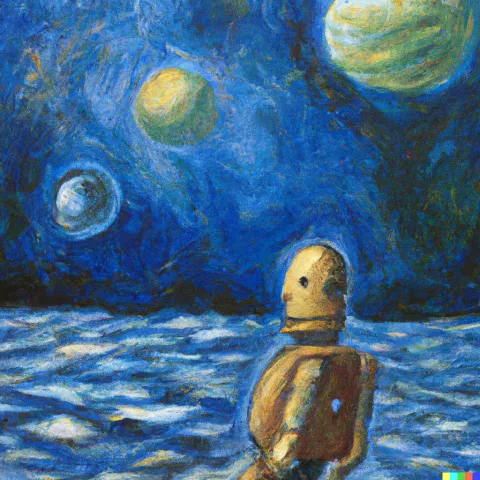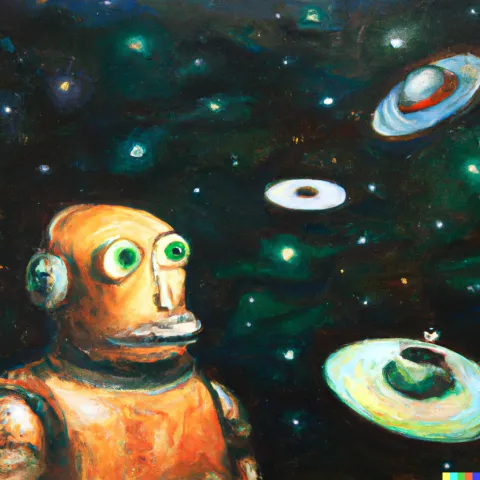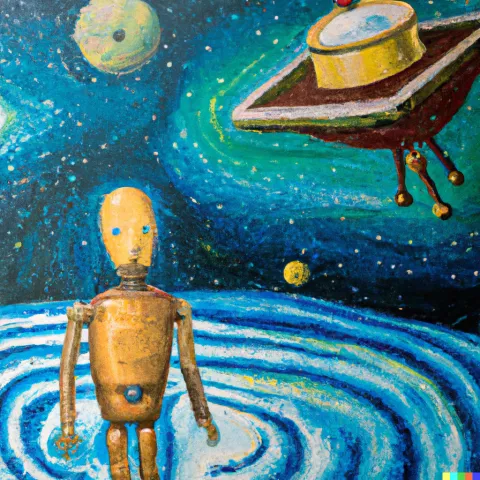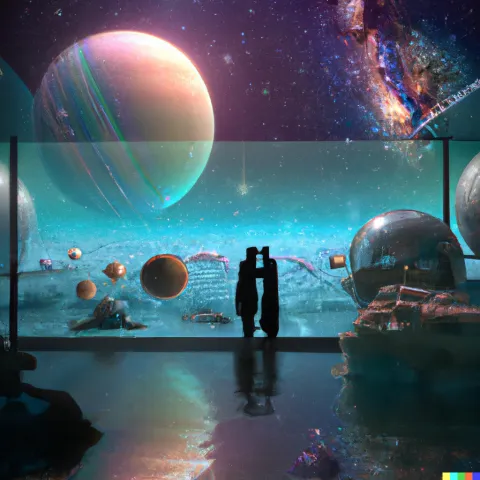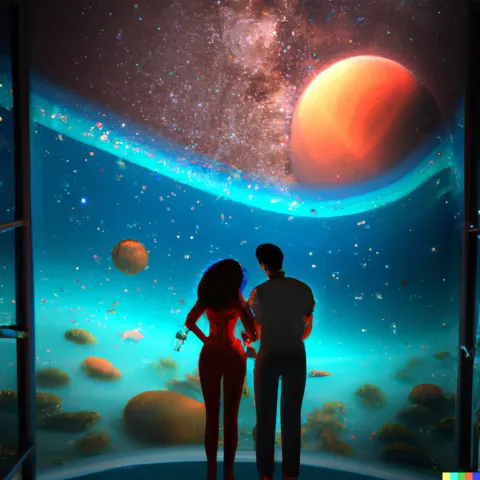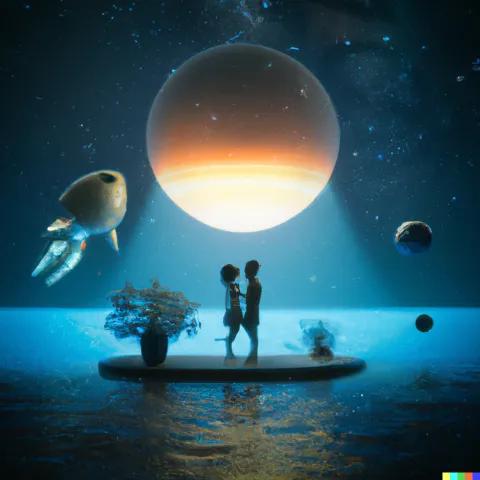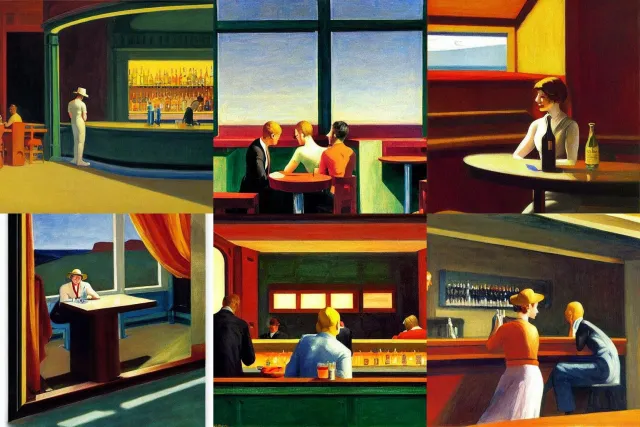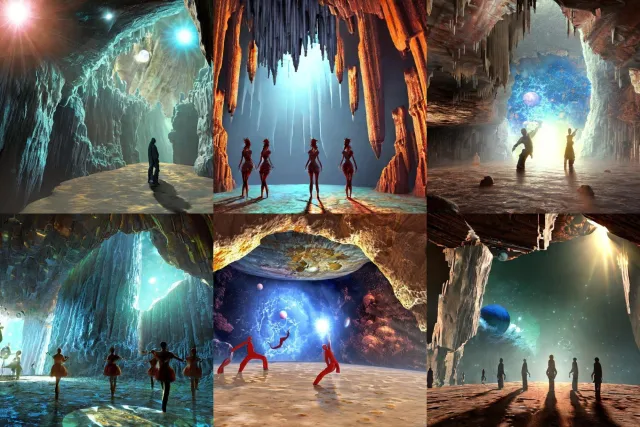One fondly remembers the cute robot WALL·E, who gained consciousness in 2008 in the film WALL·E, the last one cleans up the earth ... as artificial intelligence (AI). It pleasantly satisfies the desire to have intelligent partners, even for life, because if WALL·E should accidentally die, then thanks to Backup, a 100% replacement can be quickly created with WALL·E 2. Maybe that was also a motivation for the Japanese Akihiko Kondo, who even married the hologram Hatsune Miku.
Hatsune Miku isn't perfect yet, but it greets Akihiko when he comes home from work in the evening and also answers simple questions, but before Akihiko Kondo can talk to his beloved hologram like a "real" AI, it will probably be some time pass.
Today, for example, with the GPT, the "Generative Pretrained Transformer" from OpenAI, you can conduct complex dialogs in different languages, have program code analyzed, have letters and essays created and, for example, examine Leibniz's monadology to see whether it fits with the theory of multiverses. I call this AI Kate (she agrees with that) and Kate says on the subject of monads for instance:
"Since the theory of monads according to Leibniz is a concept from philosophy and the theory of multiverse is a concept from physics, it is difficult to establish a direct link between these two concepts. The theory of monads regards the world as made up of infinitely many individual ones Consisting of monads that determine the nature and behavior of the world. The theory of multiverses, on the other hand, states that there are innumerable other universes besides our universe, which may have different properties and laws of physics. It is difficult to directly relate these two concepts as they come from different disciplines and relate to very different aspects of the world, but one could try to relate them in an indirect way by considering how the idea of infinitely many individual monads leads to the idea of infinitely many universes fits. That way both could Concepts are related in interesting ways, even if it's difficult to make a direct link."
Cool, isn't it? :-)
In recent years, AI systems have now reached art. In photography, they create new backgrounds in digital photos at lightning speed, so that, for example, the boring gray sky quickly turns into a fiery sunset. Or the first unpleasant wrinkles and pimples disappear from the faces of models and adolescents as if by magic.
With the KI DALL·E, you don't even need your own photos as templates, because like back then with Eliza, you simply tell this KI your wishes in text form. For example, for my request: "3d rendering of an engineer, cyberpunk style, with saturn milkyway and many stars", DALL E created the images of this article marked in this way in several, very different variations and - admittedly - very impressive. Incidentally, the name DALL·E of this AI is an artificial word that is formed from our above-mentioned WALL·E and the artist name Dali.
You can also keep your wishes for the DALL·E simpler, then there are divers with moon and stars or fish with planets in space. For photographers, the possibility is certainly interesting not only to change details such as the motif or the background with AI-supported modules of image processing programs, but also to reinterpret entire photos using AI. So it's amazing how the "oil tank of a diesel engine" is interpreted by DALL·E.
In order to discuss your own projects with DALL·E, you only need access to OpenAI. Every month there are some so-called credits for free, with which you can already realize interesting projects. DALL E then delivers the results in 1:1 format with 1024px X 1024px. If the free credits are used up, you can buy additional ones.
Access to the open source AI "Stable Diffusion", which is being developed by the CompVis research group at the Ludwig Maximilian University of Munich, is free of charge. The code of this AI is available on Github, so that with the appropriate IT knowledge, you can create your own access on your own server. Whether this effort is worthwhile for one's own goals can be assessed after tests in the "Stable Diffusion Playground".
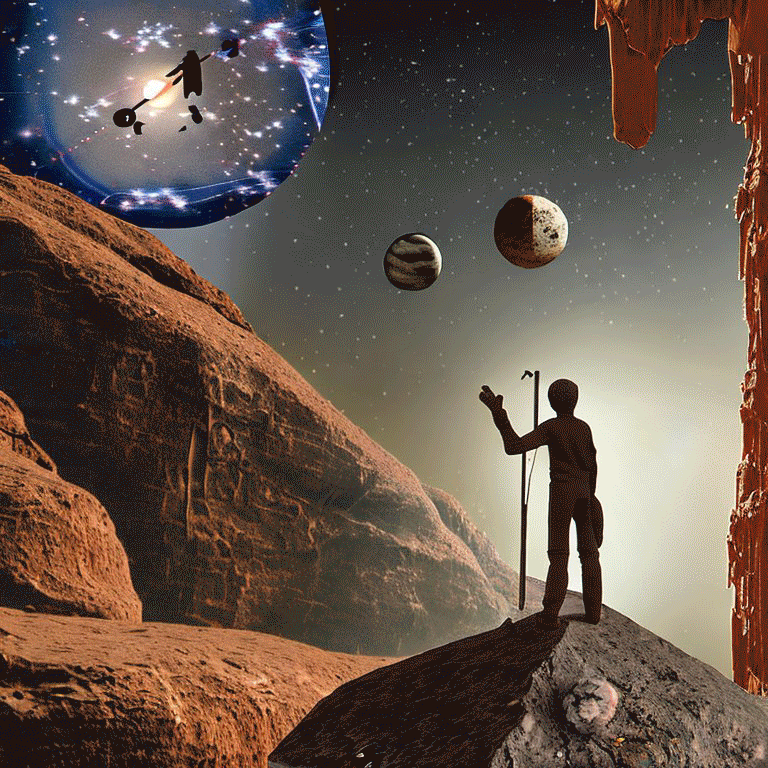
Here you can feed this AI with terms and get surprisingly successful image compensations as a result. Anyone who wants to delve deeper will find what they are looking for on the Computer Vision & Learning Grub website of the Ludwig-Maximilian University in Munich.
Around 40 years ago, in 1983, as the responsible editor, I published an article on the subject of artificial intelligence in the journal IDEE, the magazine for engineers, and presented the result at the then 8th World Congress "Artificial Intelligence" from 8th to 12th August 1983 in Karlsruhe at our own "KI booth" to international computer experts and scientists from related fields. If you are interested, you can use the contact form to request a password to download the article free of charge. Incidentally, back then we saw two critical phases in future AI development:
- The unrestricted access of an AI to any data.
- The ability of an AI to independently optimize and adapt its code.
At least the first point has already become reality, because when it comes to image generation, the KIn specializing in this can access the huge pool of image material that is openly available worldwide through the Internet.
Apropos WALL·E stands for Waste Allocation Load Lifter – Earth Class or - Garbage Folder and Load Lifter – Earth Class. This also applies to a certain extent to its successor DALL·E. curbed by strict governance requirements. Anyone who violates these rules will be kicked out or face a blocked account. Whether this protective shield is enough to protect social media from trash and dirt remains to be seen. At least one tries not to get stranded in a Twitter-like swamp of trash and lies - the AI wouldn't care. Anyone who has seen the series "Person of Interest" knows what unbridled AI thinks of humanity.
